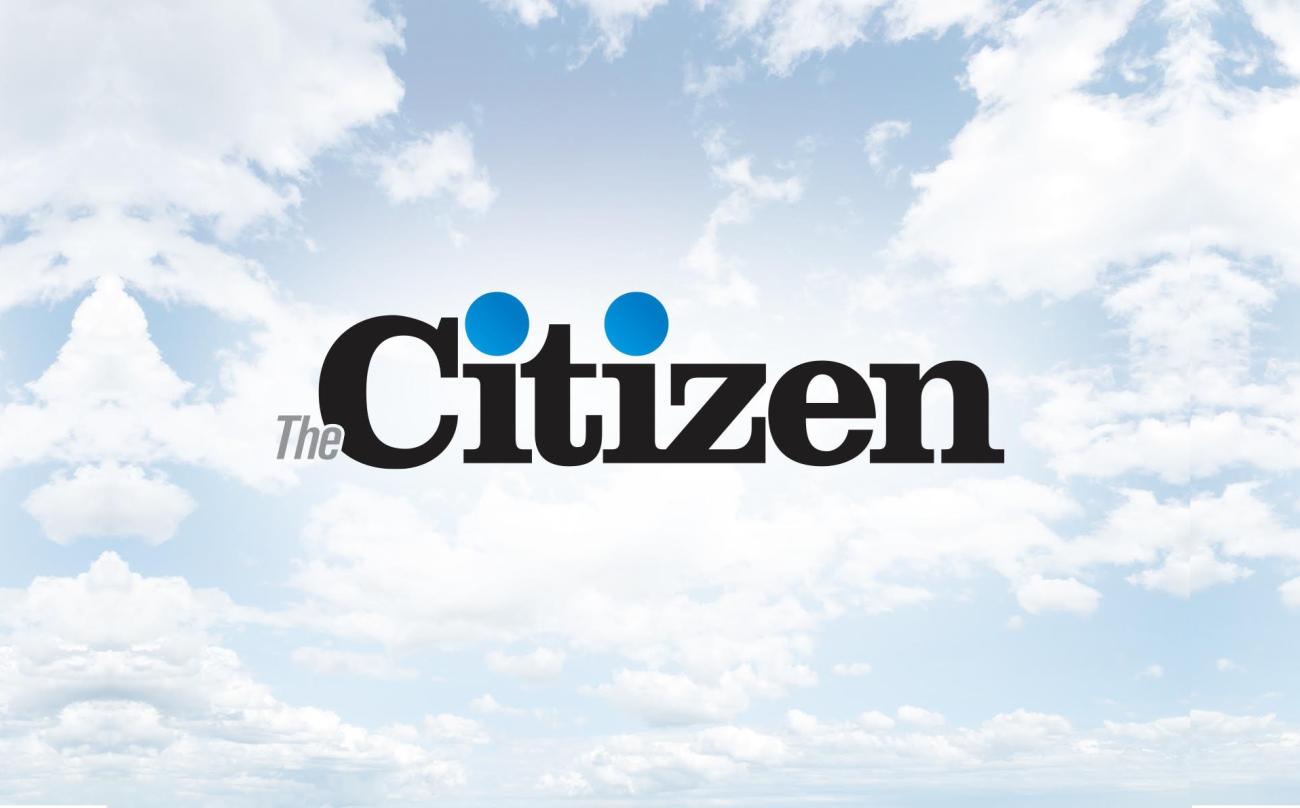For many community residents, the unpleasant and often unwelcome property tax bill is like taking bad medicine. You gulp it down quickly and put the bottle out of sight, moving on to more palatable things. Unfortunately, the bad taste often lingers, rising to the surface when you compare your property tax total with the guy down the street or the community up the road.
Understanding your property tax bill means recognizing that there’s more to it than just an assessment, a mill rate, and a final tally based on those numbers. A variety of other items affect the outcome, including school taxes, special services, and local improvement district fees (LIDs). LIDs are probably the most misunderstood, and apply only to a small portion of the community.
“[LIDs] are projects which will either benefit a segment of town or the entire town in some instances,” says Eric King, Finance Administrative Officer for the Town of Niverville. “In most projects, the Town is borrowing money and the LID covers the cost of servicing the debt for the specific project. LIDs are added to property taxes as only a certain segment of the population receives a benefit.”
One example of an LID might be paving a street to service a few homes. Because this is beneficial to only a few, the cost is shared by those residents rather than distributing the cost to everyone. LIDs are added to a small segment of tax bills. Adding these fees to tax bills is approved by the Manitoba Municipal Board (a board that governs municipalities) while the provincial government tracks each community’s debt repayments.
Currently, paving and water are the only LIDs on Niverville’s tax bills. Mostly, these are applicable to residents who purchased properties in new developments before 2008. After that date, council eliminated the need to charge certain LIDs on property taxes by passing these costs on to developers. These costs, essentially, were then factored into the resale value of the lot or home when the buyer made the purchase.
“Water is an LID for those original properties in The Highlands where they ran on a different water system which the developer used and has since been decommissioned,” says King. “[Those homebuyers] didn’t pay hook-up fees or capital cost fees as a part of the purchase of their lot when they originally built.”
It can be safely assumed that residents to whom these LIDs apply will have paid less for their property or home than someone who purchased after 2008 when the same costs were built right into the sale price of the property. Therefore, the LIDs merely represent a cost transference.
According to King, these LIDs will affect some property owners from 20 years to 25 years, depending on the length of time the Town was able to finance the projects in question. The end year for those LIDs, the last year in which they will be charged, is clearly marked on an individual’s property tax bill.
“If you asked today, we try to avoid anything longer than five or ten years to avoid accumulating interest,” says King. “But for the right project, longer periods are considered to minimize the shock to a person’s property tax bill from one year to the next.”
FOR MORE INFORMATION
For more information on property tax bills, visit www.nivervillecitizen.com/news…


